×
Il semble que vous utilisiez une version obsolète de internet explorer. Internet explorer n'est plus supporté par Microsoft depuis fin 2015. Nous vous invitons à utiliser un navigateur plus récent tel que Firefox, Google Chrome ou Microsoft Edge.

Devenez membre d'Incathlab et bénéficiez d'un accès complet !
Vous devez être membre pour accéder aux vidéos Incathlab sans limitation. Inscrivez vous gratuitement en moins d'une minute et accédez à tous les services Incathlab ! Vous avez aussi la possibilité de vous connecter directement avec votre compte facebook ou twitter en cliquant sur login en haut à droite du site.
Inscription Connexion
Inscription Connexion
Please give us your feedback after the live
Fill the survey →
Program
| 14:00 |
Introduction & Presentation of the Case |
| 14:10 |
Live Case: Intensive plaque modification with rotational atherectomy and cutting balloon before DES implantation Dr Alexandre Avran, Dr Pierre Meyer & Dr Luca Testa |
| 15:50 | Take home messages |
Educational objectives
-
Discuss how to manage severe calcified coronary lesions.
-
Learn when and how to use Rotablation as primary plaque modification strategy.
-
Understand how the combined Rota and Cutting strategy can facilitate optimal stent deployment.
-
Early Healing and potential prevention of neoatherosclerosis with BP-DES synergy stent.
Audience
- This live case is dedicated to interventional cardiologists interested and/or specialized in coronary angioplasty.
- A prerequisite for attendees in an initial knowledge and practice of angioplasty.
This session is produced and broadcasted with sonar system by incathlab
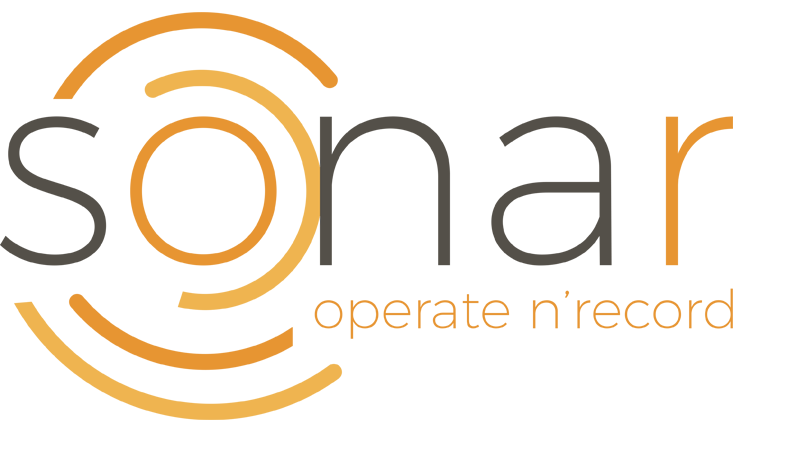
Date du tournage : 14/06/2018
Dernière mise à jour : 23/01/2019
Dernière mise à jour : 23/01/2019
Participer à la discussion
Suggestions
Mercredi 5 juillet 2023 de 18h à 19h (GMT+2)
Honolulu : Mercredi 5 juillet 2023 de 07h à 08h (GMT+2)
San Francisco : Mercredi 5 juillet 2023 de 10h à 11h (GMT+2)
New York : Mercredi 5 juillet 2023 de 13h à 14h (GMT+2)
Buenos Aires : Mercredi 5 juillet 2023 de 14h à 15h (GMT+2)
Reykjavik : Mercredi 5 juillet 2023 de 17h à 18h (GMT+2)
London / Dublin : Mercredi 5 juillet 2023 de 18h à 19h (GMT+2)
Paris / Berlin : Mercredi 5 juillet 2023 de 19h à 20h (GMT+2)
Istanbul : Mercredi 5 juillet 2023 de 20h à 21h (GMT+2)
Moscou / Dubaï : Mercredi 5 juillet 2023 de 21h à 22h (GMT+2)
Bangkok : Jeudi 6 juillet 2023 de 00h à 01h (GMT+2)
Shanghai : Jeudi 6 juillet 2023 de 01h à 02h (GMT+2)
Tokyo : Jeudi 6 juillet 2023 de 02h à 03h (GMT+2)
Sydney : Jeudi 6 juillet 2023 de 04h à 05h (GMT+2)
Wellington : Jeudi 6 juillet 2023 de 06h à 07h (GMT+2)
San Francisco : Mercredi 5 juillet 2023 de 10h à 11h (GMT+2)
New York : Mercredi 5 juillet 2023 de 13h à 14h (GMT+2)
Buenos Aires : Mercredi 5 juillet 2023 de 14h à 15h (GMT+2)
Reykjavik : Mercredi 5 juillet 2023 de 17h à 18h (GMT+2)
London / Dublin : Mercredi 5 juillet 2023 de 18h à 19h (GMT+2)
Paris / Berlin : Mercredi 5 juillet 2023 de 19h à 20h (GMT+2)
Istanbul : Mercredi 5 juillet 2023 de 20h à 21h (GMT+2)
Moscou / Dubaï : Mercredi 5 juillet 2023 de 21h à 22h (GMT+2)
Bangkok : Jeudi 6 juillet 2023 de 00h à 01h (GMT+2)
Shanghai : Jeudi 6 juillet 2023 de 01h à 02h (GMT+2)
Tokyo : Jeudi 6 juillet 2023 de 02h à 03h (GMT+2)
Sydney : Jeudi 6 juillet 2023 de 04h à 05h (GMT+2)
Wellington : Jeudi 6 juillet 2023 de 06h à 07h (GMT+2)
Left Main and Bifurcation treatment:
impact of clinical trials in daily practice
Partager
Discover now !
Everything you wanted to know about Recross without having to ask
Alex & The Young Generation - Ep.12
Partager
Mercredi 22 mai 2024 de 15h à 16h (GMT+2)
Honolulu : Mercredi 22 mai 2024 de 04h à 05h (GMT+2)
San Francisco : Mercredi 22 mai 2024 de 07h à 08h (GMT+2)
New York : Mercredi 22 mai 2024 de 10h à 11h (GMT+2)
Buenos Aires : Mercredi 22 mai 2024 de 11h à 12h (GMT+2)
Reykjavik : Mercredi 22 mai 2024 de 14h à 15h (GMT+2)
London / Dublin : Mercredi 22 mai 2024 de 15h à 16h (GMT+2)
Paris / Berlin : Mercredi 22 mai 2024 de 16h à 17h (GMT+2)
Istanbul : Mercredi 22 mai 2024 de 17h à 18h (GMT+2)
Moscou / Dubaï : Mercredi 22 mai 2024 de 18h à 19h (GMT+2)
Bangkok : Mercredi 22 mai 2024 de 21h à 22h (GMT+2)
Shanghai : Mercredi 22 mai 2024 de 22h à 23h (GMT+2)
Tokyo : Mercredi 22 mai 2024 de 23h à 00h (GMT+2)
Sydney : Jeudi 23 mai 2024 de 01h à 02h (GMT+2)
Wellington : Jeudi 23 mai 2024 de 03h à 04h (GMT+2)
San Francisco : Mercredi 22 mai 2024 de 07h à 08h (GMT+2)
New York : Mercredi 22 mai 2024 de 10h à 11h (GMT+2)
Buenos Aires : Mercredi 22 mai 2024 de 11h à 12h (GMT+2)
Reykjavik : Mercredi 22 mai 2024 de 14h à 15h (GMT+2)
London / Dublin : Mercredi 22 mai 2024 de 15h à 16h (GMT+2)
Paris / Berlin : Mercredi 22 mai 2024 de 16h à 17h (GMT+2)
Istanbul : Mercredi 22 mai 2024 de 17h à 18h (GMT+2)
Moscou / Dubaï : Mercredi 22 mai 2024 de 18h à 19h (GMT+2)
Bangkok : Mercredi 22 mai 2024 de 21h à 22h (GMT+2)
Shanghai : Mercredi 22 mai 2024 de 22h à 23h (GMT+2)
Tokyo : Mercredi 22 mai 2024 de 23h à 00h (GMT+2)
Sydney : Jeudi 23 mai 2024 de 01h à 02h (GMT+2)
Wellington : Jeudi 23 mai 2024 de 03h à 04h (GMT+2)
DanGER shock trial results and the significance to reduce adverse events
Partager
Jeudi 25 août 2022 de 18h à 19h06 (GMT+2)
Honolulu : Jeudi 25 août 2022 de 07h à 08h06 (GMT+2)
San Francisco : Jeudi 25 août 2022 de 10h à 11h06 (GMT+2)
New York : Jeudi 25 août 2022 de 13h à 14h06 (GMT+2)
Buenos Aires : Jeudi 25 août 2022 de 14h à 15h06 (GMT+2)
Reykjavik : Jeudi 25 août 2022 de 17h à 18h06 (GMT+2)
London / Dublin : Jeudi 25 août 2022 de 18h à 19h06 (GMT+2)
Paris / Berlin : Jeudi 25 août 2022 de 19h à 20h06 (GMT+2)
Istanbul : Jeudi 25 août 2022 de 20h à 21h06 (GMT+2)
Moscou / Dubaï : Jeudi 25 août 2022 de 21h à 22h06 (GMT+2)
Bangkok : Vendredi 26 août 2022 de 00h à 01h06 (GMT+2)
Shanghai : Vendredi 26 août 2022 de 01h à 02h06 (GMT+2)
Tokyo : Vendredi 26 août 2022 de 02h à 03h06 (GMT+2)
Sydney : Vendredi 26 août 2022 de 04h à 05h06 (GMT+2)
Wellington : Vendredi 26 août 2022 de 06h à 07h06 (GMT+2)
San Francisco : Jeudi 25 août 2022 de 10h à 11h06 (GMT+2)
New York : Jeudi 25 août 2022 de 13h à 14h06 (GMT+2)
Buenos Aires : Jeudi 25 août 2022 de 14h à 15h06 (GMT+2)
Reykjavik : Jeudi 25 août 2022 de 17h à 18h06 (GMT+2)
London / Dublin : Jeudi 25 août 2022 de 18h à 19h06 (GMT+2)
Paris / Berlin : Jeudi 25 août 2022 de 19h à 20h06 (GMT+2)
Istanbul : Jeudi 25 août 2022 de 20h à 21h06 (GMT+2)
Moscou / Dubaï : Jeudi 25 août 2022 de 21h à 22h06 (GMT+2)
Bangkok : Vendredi 26 août 2022 de 00h à 01h06 (GMT+2)
Shanghai : Vendredi 26 août 2022 de 01h à 02h06 (GMT+2)
Tokyo : Vendredi 26 août 2022 de 02h à 03h06 (GMT+2)
Sydney : Vendredi 26 août 2022 de 04h à 05h06 (GMT+2)
Wellington : Vendredi 26 août 2022 de 06h à 07h06 (GMT+2)
SmartAssist and Connect Function – Improved Patient Outcome
Impella Case Club
Partager
Jeudi 9 octobre 2025 de 12h à 13h (GMT+2)
Honolulu : Jeudi 9 octobre 2025 de 01h à 02h (GMT+2)
San Francisco : Jeudi 9 octobre 2025 de 04h à 05h (GMT+2)
New York : Jeudi 9 octobre 2025 de 07h à 08h (GMT+2)
Buenos Aires : Jeudi 9 octobre 2025 de 08h à 09h (GMT+2)
Reykjavik : Jeudi 9 octobre 2025 de 11h à 12h (GMT+2)
London / Dublin : Jeudi 9 octobre 2025 de 12h à 13h (GMT+2)
Paris / Berlin : Jeudi 9 octobre 2025 de 13h à 14h (GMT+2)
Istanbul : Jeudi 9 octobre 2025 de 14h à 15h (GMT+2)
Moscou / Dubaï : Jeudi 9 octobre 2025 de 15h à 16h (GMT+2)
Bangkok : Jeudi 9 octobre 2025 de 18h à 19h (GMT+2)
Shanghai : Jeudi 9 octobre 2025 de 19h à 20h (GMT+2)
Tokyo : Jeudi 9 octobre 2025 de 20h à 21h (GMT+2)
Sydney : Jeudi 9 octobre 2025 de 22h à 23h (GMT+2)
Wellington : Vendredi 10 octobre 2025 de 00h à 01h (GMT+2)
San Francisco : Jeudi 9 octobre 2025 de 04h à 05h (GMT+2)
New York : Jeudi 9 octobre 2025 de 07h à 08h (GMT+2)
Buenos Aires : Jeudi 9 octobre 2025 de 08h à 09h (GMT+2)
Reykjavik : Jeudi 9 octobre 2025 de 11h à 12h (GMT+2)
London / Dublin : Jeudi 9 octobre 2025 de 12h à 13h (GMT+2)
Paris / Berlin : Jeudi 9 octobre 2025 de 13h à 14h (GMT+2)
Istanbul : Jeudi 9 octobre 2025 de 14h à 15h (GMT+2)
Moscou / Dubaï : Jeudi 9 octobre 2025 de 15h à 16h (GMT+2)
Bangkok : Jeudi 9 octobre 2025 de 18h à 19h (GMT+2)
Shanghai : Jeudi 9 octobre 2025 de 19h à 20h (GMT+2)
Tokyo : Jeudi 9 octobre 2025 de 20h à 21h (GMT+2)
Sydney : Jeudi 9 octobre 2025 de 22h à 23h (GMT+2)
Wellington : Vendredi 10 octobre 2025 de 00h à 01h (GMT+2)
RMS Freesolve:
Continuing the Journey and Discovering the Potential of Scaffolds
Partager
Jeudi 19 janvier 2023 de 17h à 18h (GMT+1)
Honolulu : Jeudi 19 janvier 2023 de 06h à 07h (GMT+1)
San Francisco : Jeudi 19 janvier 2023 de 08h à 09h (GMT+1)
New York : Jeudi 19 janvier 2023 de 11h à 12h (GMT+1)
Buenos Aires : Jeudi 19 janvier 2023 de 13h à 14h (GMT+1)
London / Dublin : Jeudi 19 janvier 2023 de 16h à 17h (GMT+1)
Paris / Berlin : Jeudi 19 janvier 2023 de 17h à 18h (GMT+1)
Istanbul : Jeudi 19 janvier 2023 de 18h à 19h (GMT+1)
Moscou / Dubaï : Jeudi 19 janvier 2023 de 20h à 21h (GMT+1)
Bangkok : Jeudi 19 janvier 2023 de 23h à 00h (GMT+1)
Shanghai : Vendredi 20 janvier 2023 de 00h à 01h (GMT+1)
Tokyo : Vendredi 20 janvier 2023 de 01h à 02h (GMT+1)
Sydney : Vendredi 20 janvier 2023 de 02h à 03h (GMT+1)
Wellington : Vendredi 20 janvier 2023 de 04h à 05h (GMT+1)
San Francisco : Jeudi 19 janvier 2023 de 08h à 09h (GMT+1)
New York : Jeudi 19 janvier 2023 de 11h à 12h (GMT+1)
Buenos Aires : Jeudi 19 janvier 2023 de 13h à 14h (GMT+1)
London / Dublin : Jeudi 19 janvier 2023 de 16h à 17h (GMT+1)
Paris / Berlin : Jeudi 19 janvier 2023 de 17h à 18h (GMT+1)
Istanbul : Jeudi 19 janvier 2023 de 18h à 19h (GMT+1)
Moscou / Dubaï : Jeudi 19 janvier 2023 de 20h à 21h (GMT+1)
Bangkok : Jeudi 19 janvier 2023 de 23h à 00h (GMT+1)
Shanghai : Vendredi 20 janvier 2023 de 00h à 01h (GMT+1)
Tokyo : Vendredi 20 janvier 2023 de 01h à 02h (GMT+1)
Sydney : Vendredi 20 janvier 2023 de 02h à 03h (GMT+1)
Wellington : Vendredi 20 janvier 2023 de 04h à 05h (GMT+1)
Left Main Bifurcation from data to clinical practice
Partager
With Roberto Garbo
Ostial LAD Occlusion with left main/Cx megatron stent
Alex & Friends - Ep.2
Partager
With Thomas Hovasse
Long RCA occlusion: antegrade or retrograde approach?
Alex & Friends - Ep.3
Partager

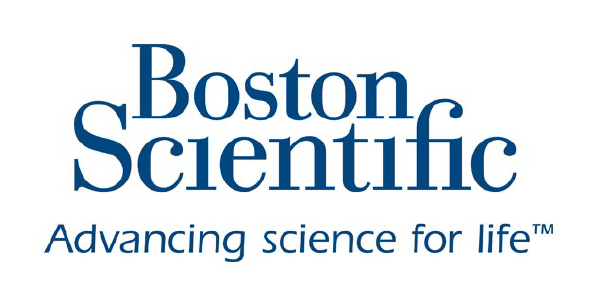
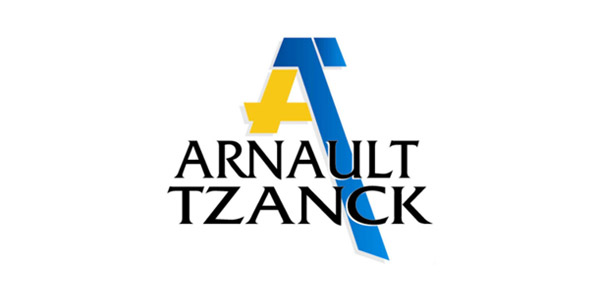
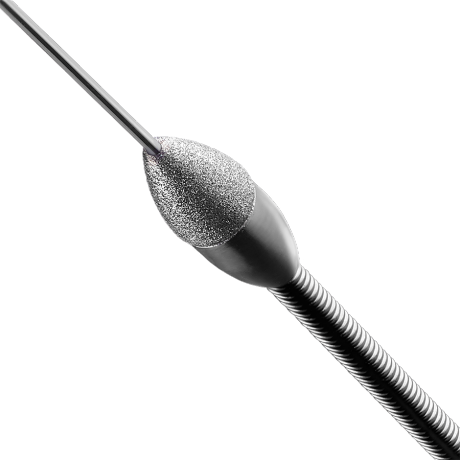
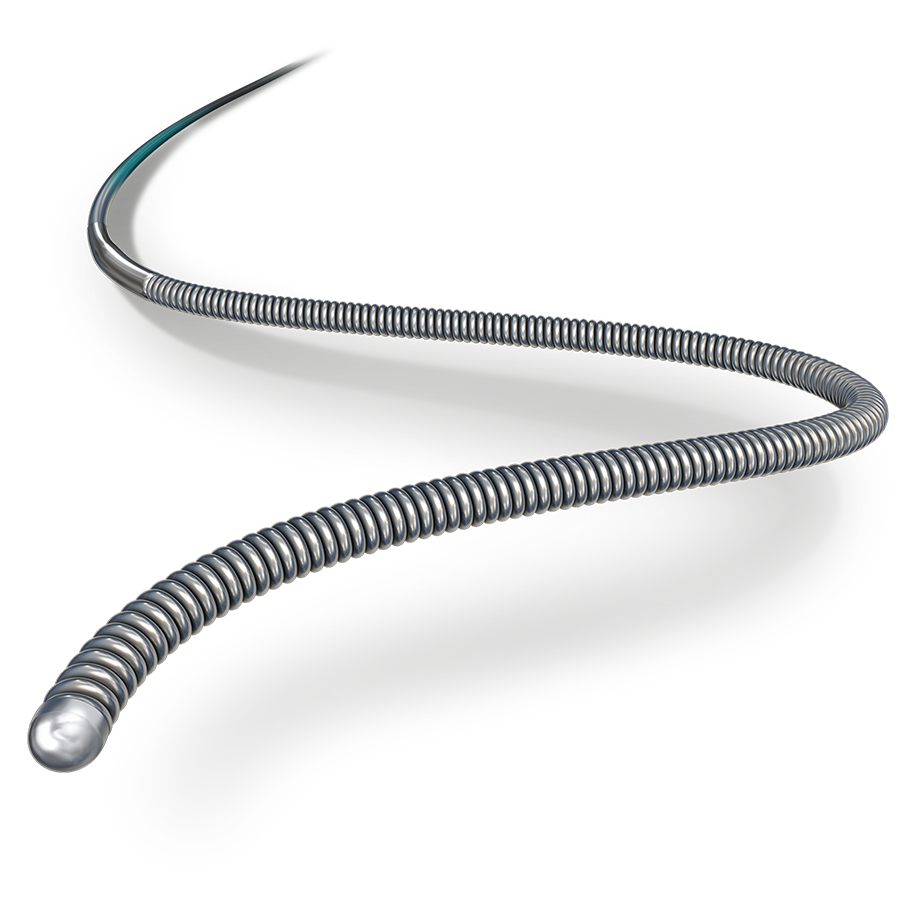
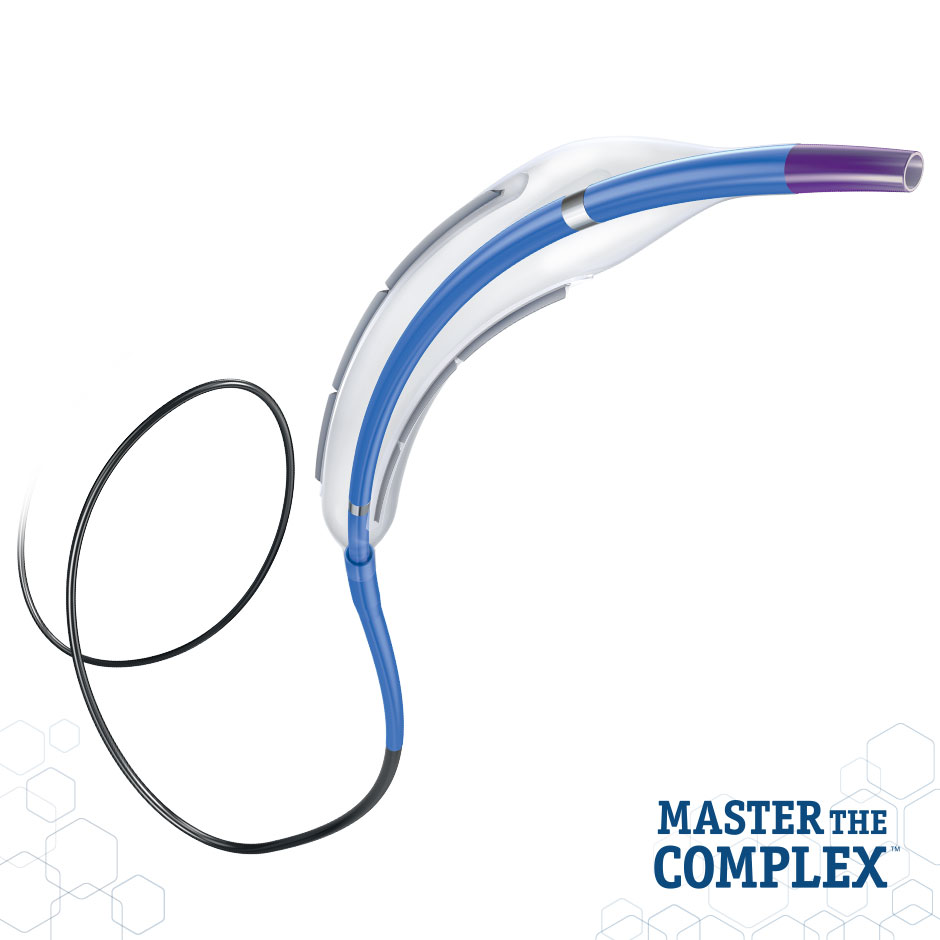
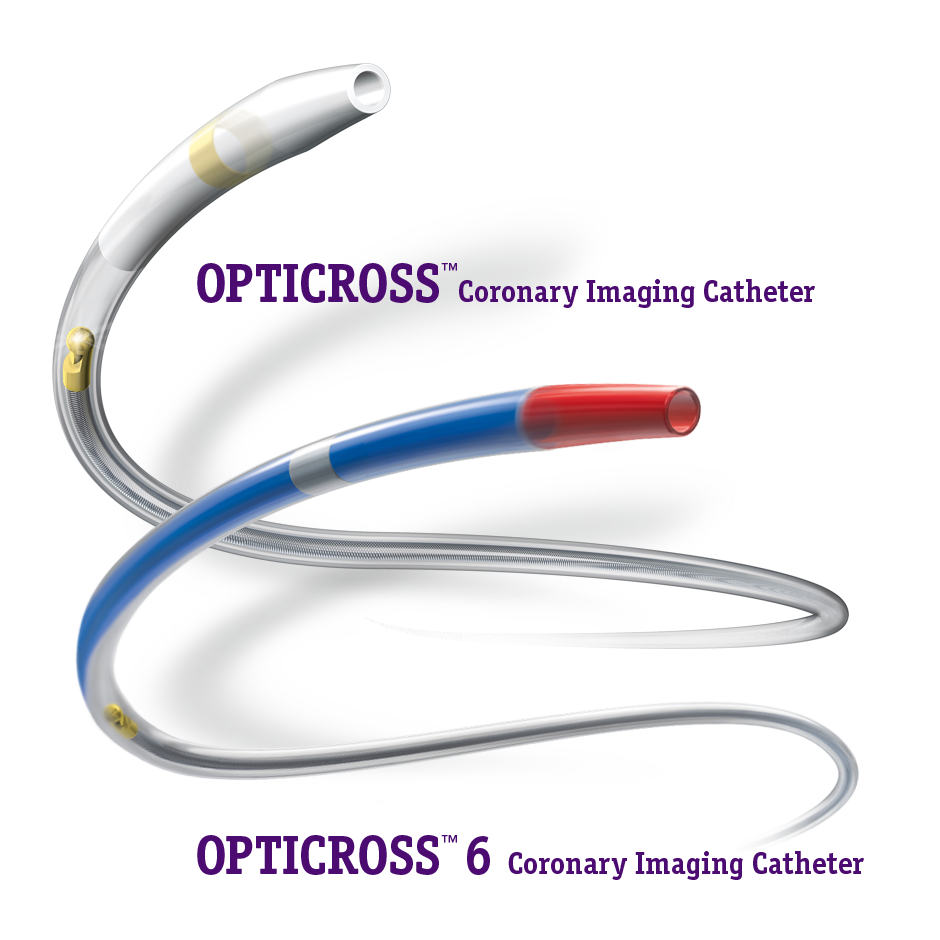
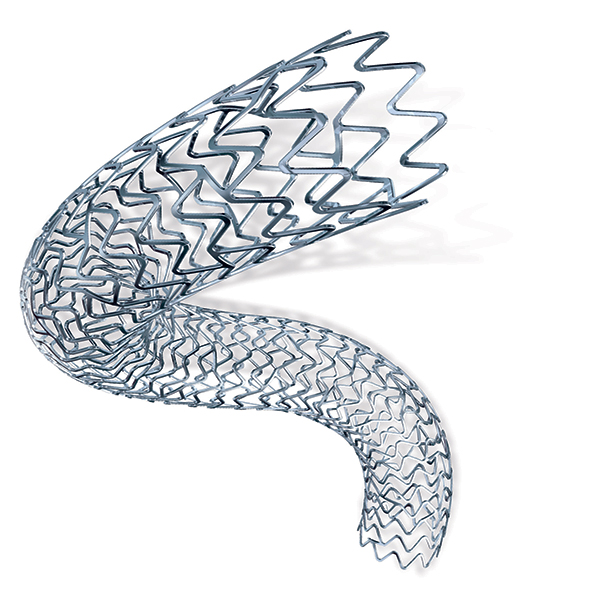
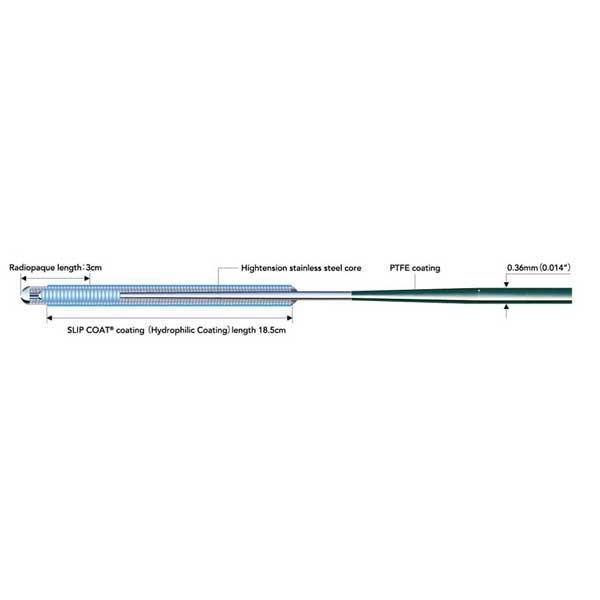
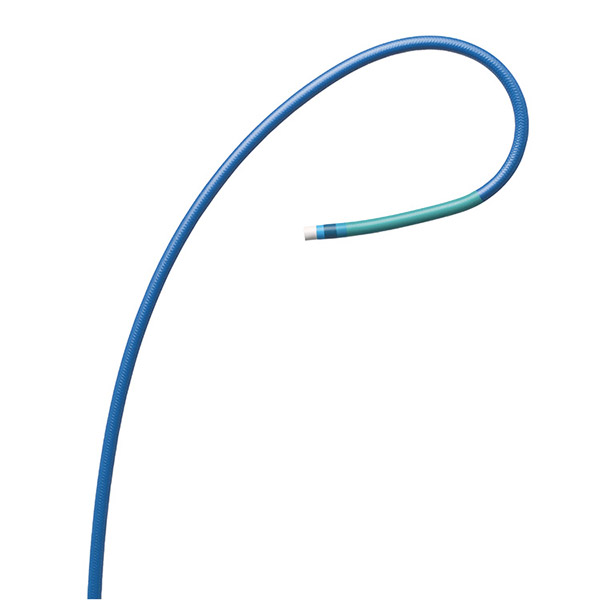
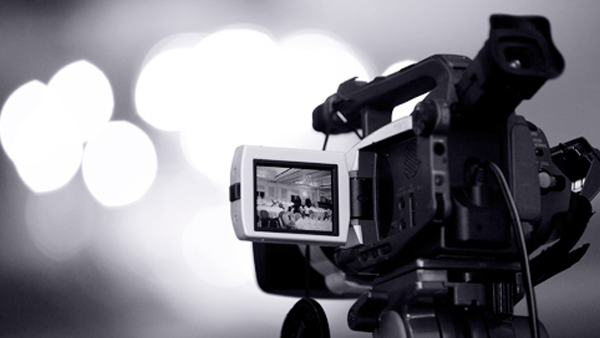
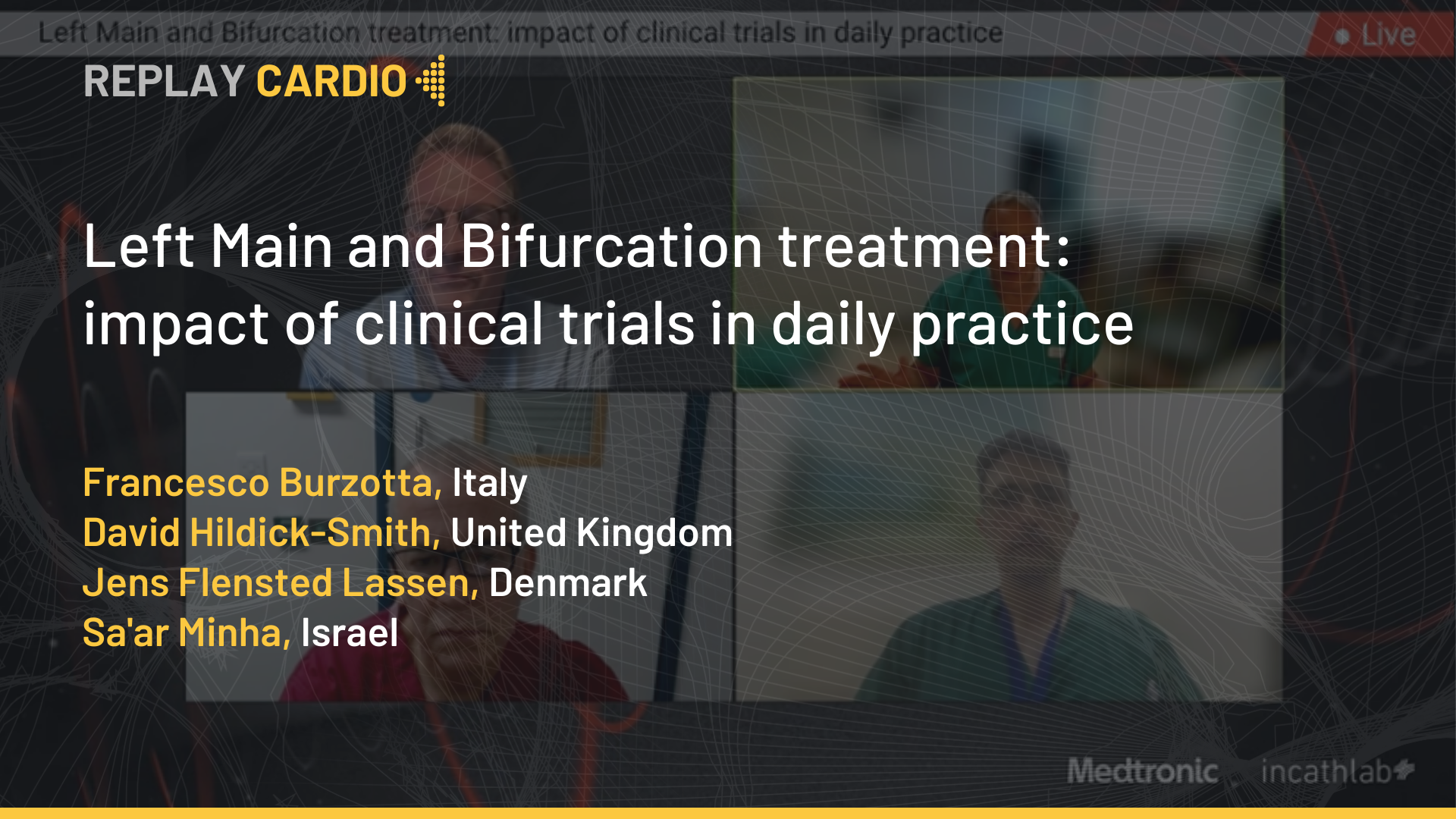
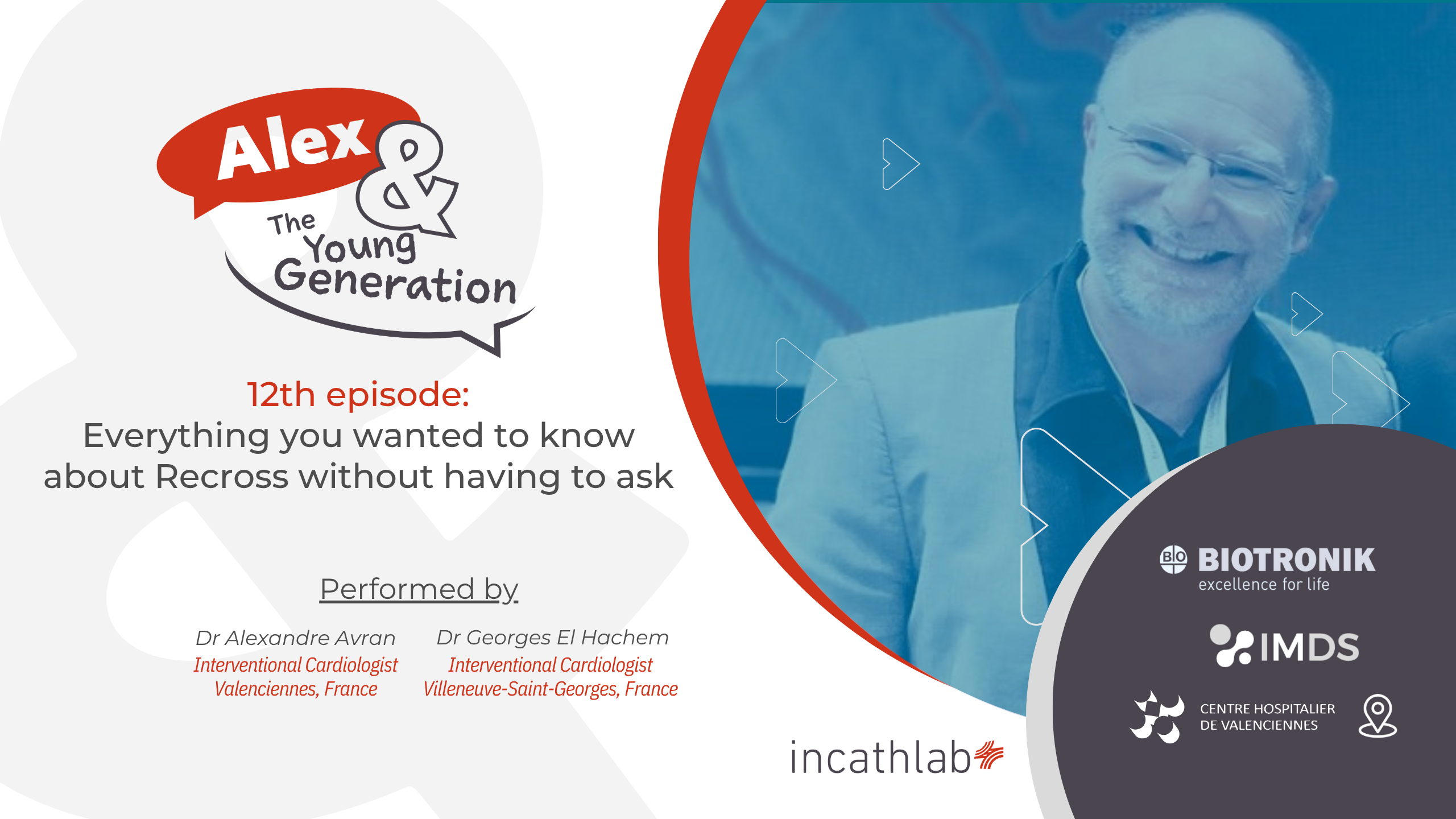
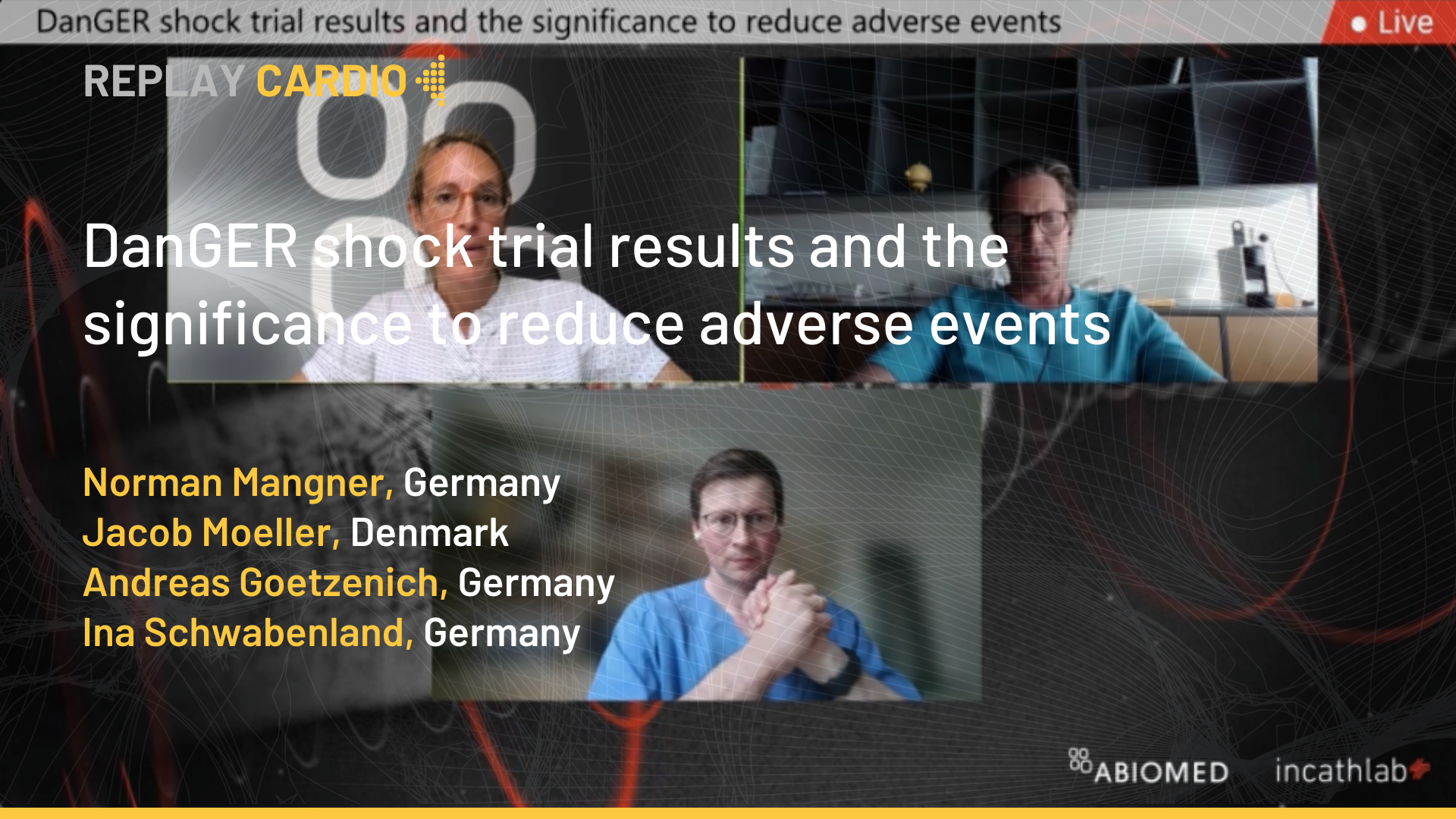
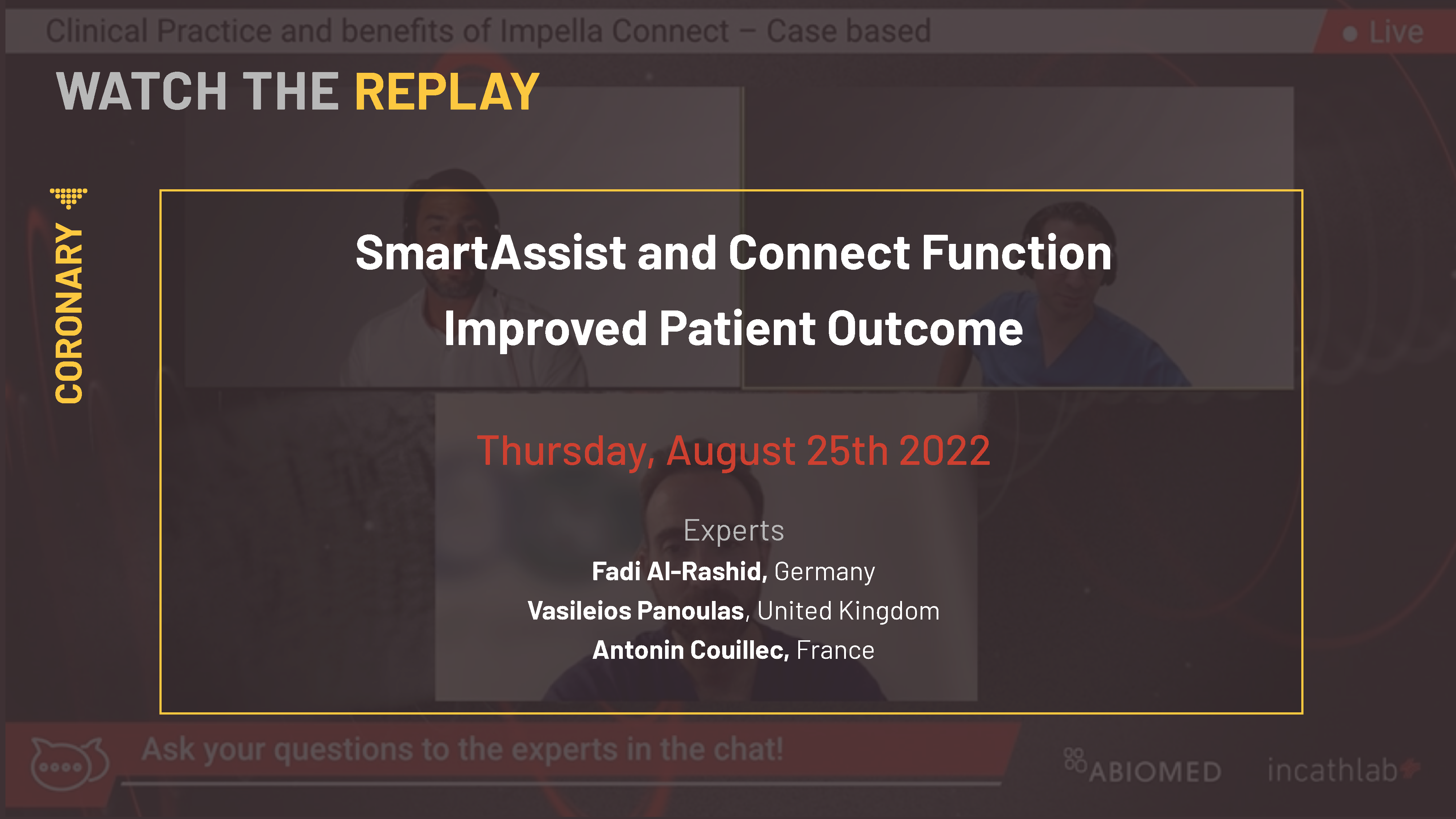

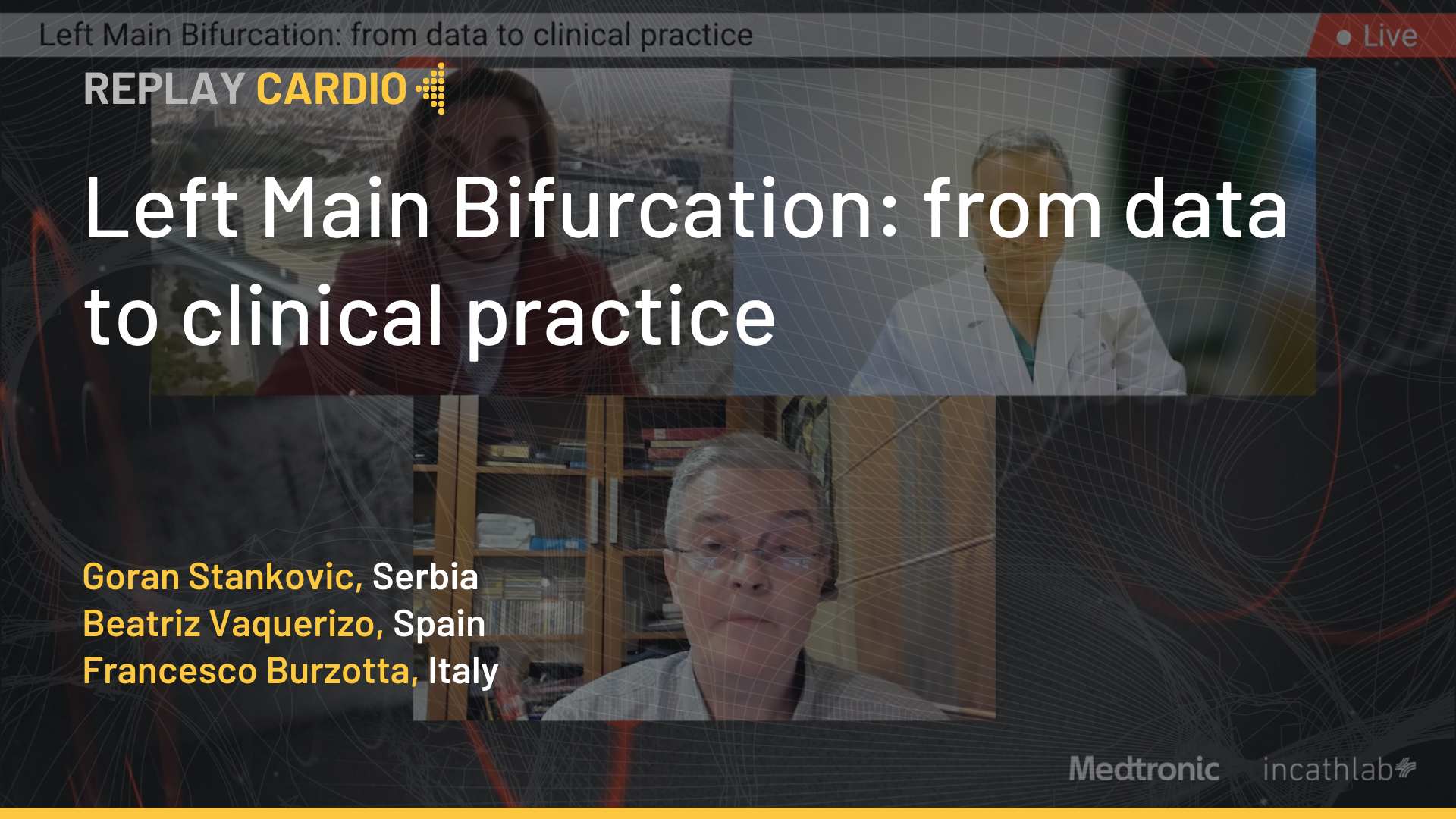
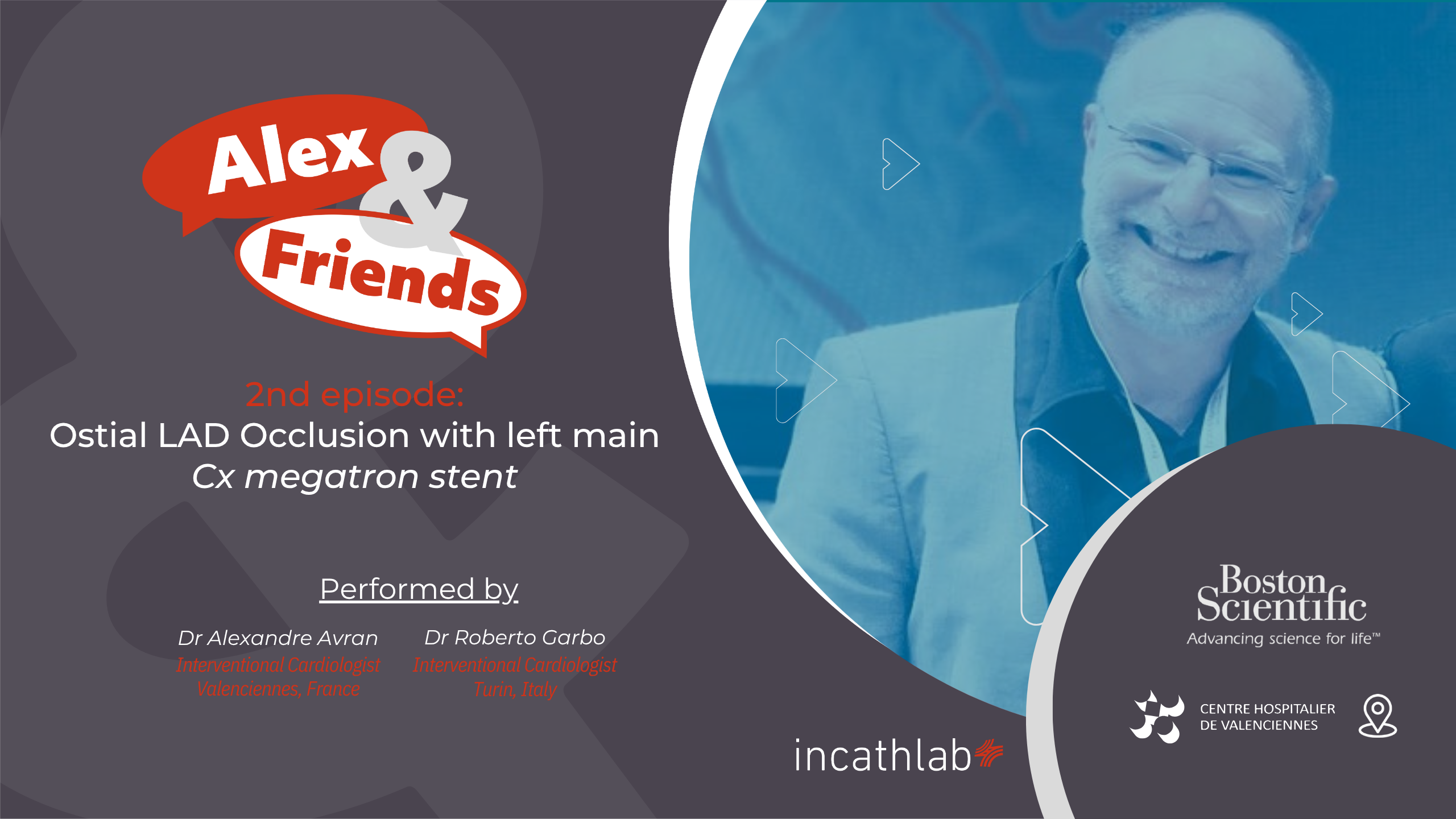
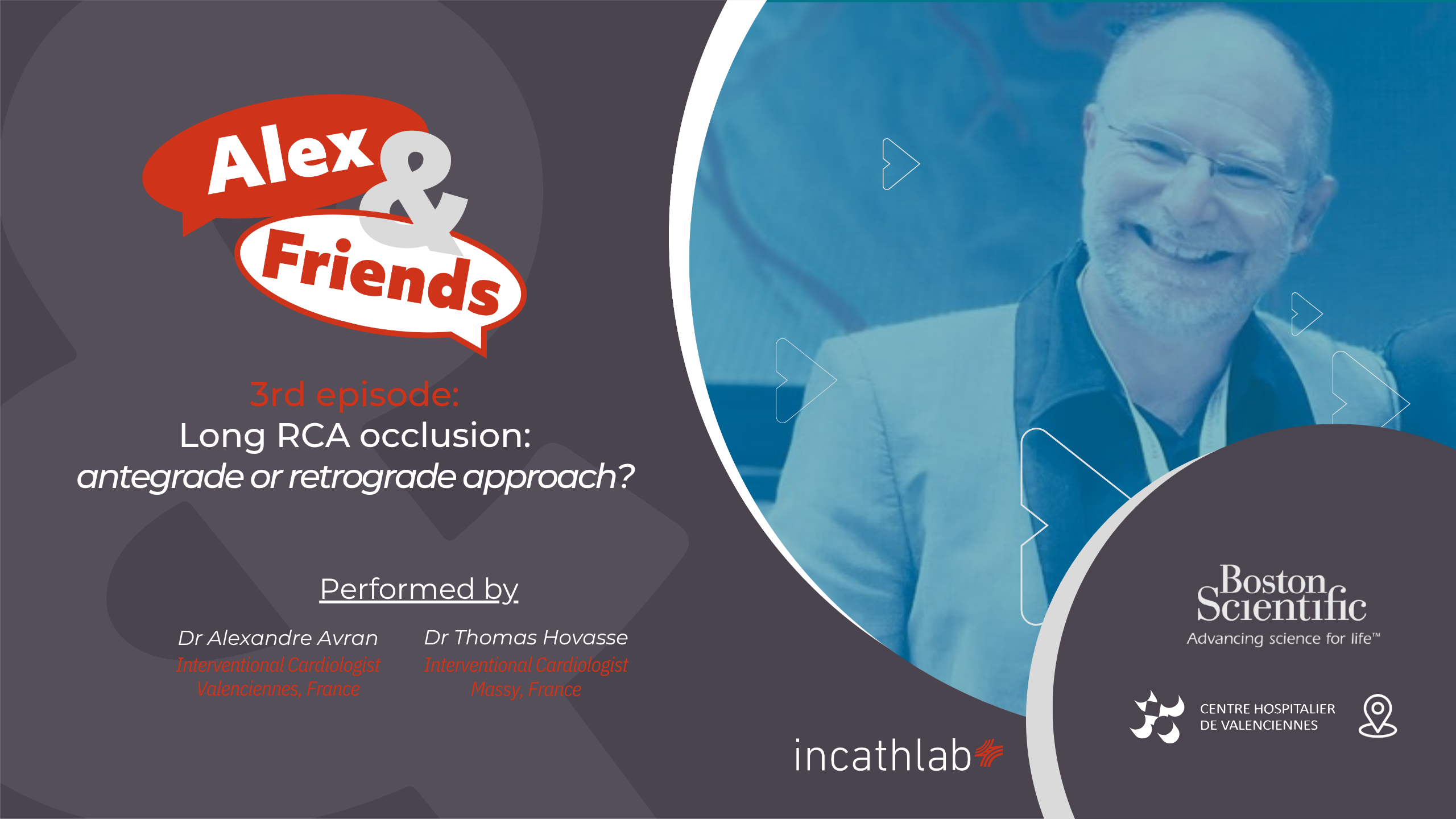
Vu V. Did you use IVUS before PCI?
Akondi A. Why dynaglide while introducing burr into catheter
Marcel G. great case... !
Pecheux M. What about à 1.5 mm Burr first?
Vardan K. I can't watch your videos
venkatesa reddy D. LOT'S OF LEARNING POINTS IN THIS CASE
THANK YOU
Venkatesa R. very good case
Mohammed H. Excellent case
but the left main and LCX looks very tight and need revascularization
if you did iFR for the left main , it will reveal the significance of the its lesion